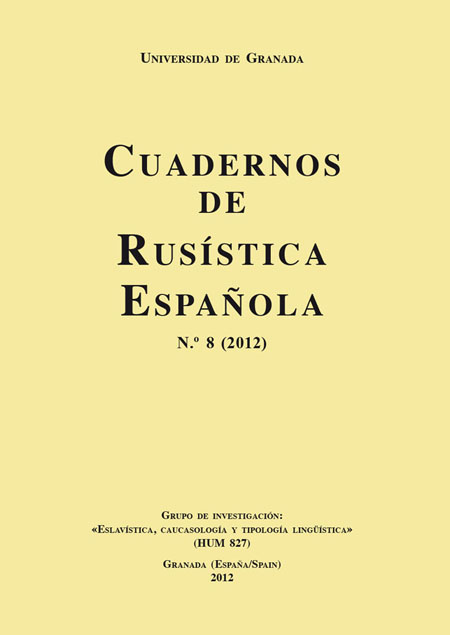Particularidades del grupo léxico-semántico «Ребенок» en español y en ucraniano
DOI:
https://doi.org/10.30827/cre.v8i0.64Palabras clave:
age, child, lexical-semantic group, dominant, periphery, seme, connotationResumen
In the article structure of lexical-semantic group “child” in the Spanish and Ukrainian languages in the comparative aspect is analyzed. Notions of dominant, local and general peripheries, similarities and differences in the analyzed languages are defined. Process of nominative, qualificative, nominative-qualificative seme actualization is shown by examples. That leads to appearance of different connotations while nomination of child in the Spanish and Ukrainian languages.












